Top News
#1: Axie Infinity Goes All-in on Community
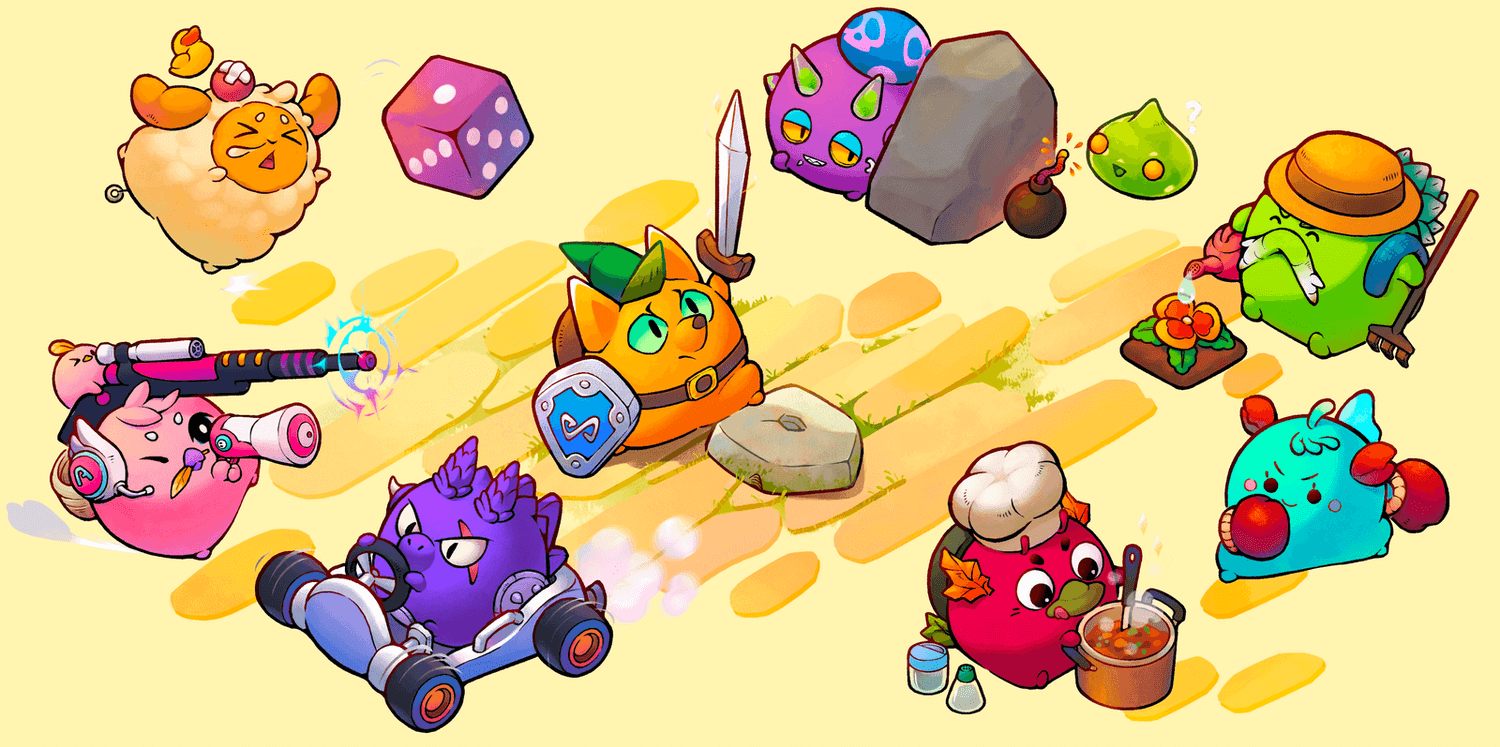
Sky Mavis recently posted two blog posts highlighting some of its stance and progress around progressive decentralization and what it considers “the Core of Axie”. The first looks at the progress of its plans for progressive decentralization, or in simpler terms, how it plans to move more things into community management. Sky Mavis is using an article on progressive decentralization from Jesse Waldron of the Variant Fund as its playbook, in which it is still seemingly in the early phases. The motivation behind the movement is stated as “We think the world is long overdue for an approach that blurs the historic lines between builders and players: empowering all to create, grow, refine, champion, and benefit from the efforts of the collective. We also believe that these efforts need to be protected from co-optive middlemen (such as publishers, online game stores, etc) that limit access via their distribution channels.”
The progress update is a follow-up to the topic as introduced in a March blog post detailing plans around a three-phase approach towards full community treasury and governance. The core steps needed mostly revolved around identifying and empowering contributors as Community Councils, as well as decentralizing treasury governance. The big update with the blog post is that Sky Mavis has finished identifying nearly 700 players to become contributors for its pilot trial called Season 0. These pilot contributors will receive some heightened Discord roles and access to work with elected “Town Builders” to help form initial governance systems. Of course, things get more interesting when the large treasury is involved, but considering decentralized governance is still a relatively unsolved space, it’s good to see some progress here. It’s also interesting that the pilot is being labeled as a season, indicating that it will be temporary governance positions.

The other blog post focused on what Sky Mavis considers to be the Axie Core. This post was really focused on Sky Mavis’ vision for Axies beyond just Axie infinity: Origins or any other individual game. The focus here is on treating Axies less as a game component and more as an interactive collectible, PFP, and pet. Sky Mavis specifically lays out the following as Axie Core aspects: Equipping accessories, Upgrading parts, Breeding, Downloading an avatar or PFP, and Axie raising (feeding, petting). Currently players can breed and download a PFP (using 3rd party tools), but that’s all of the Core available today. Sky Mavis wants to introduce accessories this holiday season, although there is less than a month left, and part upgrading in early 2023. Given the slow pace at which Axie development has had so far, we are skeptical of even those goals being met on time. It also doesn’t help that most of this form of interaction is following a well-worn path of games like Monster Rancher, Tamagotchi, Nintendogs, and Pokemon which rarely see long-term engagement without sequels.
The post also indicates a belief that accessories will make the overall economy stronger, even going so far as to highlight a single Fortnite skin set making $50M, as if the two games were comparable. There is also a key point for core highlighted “Axie Core is the foundational glue for all Axie gaming experiences and will create a flywheel between the gaming and collectible areas of our ecosystem. This will in turn increase the emotional bond between our players and their Axies, helping to drive a stronger, more resilient community & economy.” Lastly, the post focuses on better support and perks for Genesis Axies as well as better support for achievement systems. It’s good to see additional improvements for the original Genesis supporters, but they aren’t necessarily the future of Axies.
Realistically, any kind of deepening the emotional bond only serves to try and retain existing fans but does little to acquire new ones. It’s also worth noting that the real “flywheel” Axie Infinity had was the ability for low income players to make money playing a game, which proved unsustainable. There is little evidence of any ongoing interest in collecting Axies for collecting’s sake, and being able to pet and feed them won’t change that. A good proxy for how much people value their Axies, especially irrespective of competitive meta, is floor price as it represents how cheaply players are looking to get rid of their Axies, especially given Sky Mavis believing in an endowment effect. During the height of the game’s popularity floor prices were easily over $1k, then eventually came crashing all the way down to sub-$20 during the spring crypto crash and now Axies sit on the market unsold for as low as $2. Keep in mind that most players selling Axies for $2 probably paid significantly more and are selling at a loss, further underscoring a lack of “emotional bond.” Upgrading parts and buying accessories definitely won’t stop the bleeding here, as both involve further outlay of money that clearly isn’t desired and either depend on competitive gameplay benefits or a desire to show off Axie to others. Given a lack of significant market interest outside of lower income nations, it’s very unlikely anyone outside of already emotionally impacted players would seek to spend more money on their Axies.
These two blog posts seem to be indicating that Sky Mavis plans to move away from focusing on game development and towards a community-technology-centered brand. After having its token economy cratered due to inflation and an overall crypto downturn, Sky Mavis launched Axie Infinity: Origin earlier this year as a replacement for what is now dubbed Axie Infinity: Classic. This was supposed to give Sky Mavis better tools to help with the economy and a heavier focus on a fun game experience instead of its play-to-earn reputation. As its economy remains stagnant and the playerbase dwindles, Sky Mavis seems to be looking more towards the remaining asset for its future — the core fan base.
One thing Sky Mavis clearly realizes is the difficulty in trying to create value in a wide range of collectibles when that value is tied strictly to the utility and economy of a single game. This is especially true in a PvP-focused game where the meta dictates if an Axie is worthwhile or trash. At least gacha RPG games have different PvE modes and content to drive some value to variety, although there's still clearly vertical progression and meta in any PvP modes. Sky Mavis has also been slow to build up other games and experiences using Axies to try and shake the obsession with tokenomics. This can be especially problematic for business models like Sky Mavis’ where it's primarily monetizing secondary market transactions that stagnate without either a growing playerbase or shifting values of individual Axies.

With Axie Core establishing a focus on treating Axies as an interactive pet collectible and pseudo-avatar, it begs the question of what the future is for Axies in games. The blog post talks about part upgrades being seen “as a primitive that’s additive to every single gaming experience in our ecosystem but not dependent on a single product” and giving an example of how materials could come from different games. The viewpoint of the blog seems to relegate games in the Axie ecosystem to being mere “experiences” where materials can be farmed or “earned”. The impression is that Sky Mavis realized economic incentives weren’t sustainable, and playing Origin for fun’s sake doesn’t seem to be working, so maybe pivot again to treating owning Axies itself as the “real” focus. Considering the slow development time of even core new features for Origin mentioned like accessories and part upgrading, it’s hard to believe that Sky Mavis will be able to deliver outside the game experiences like enhanced breeding and Axie raising (feeding, petting) anytime soon. This is where the shift towards a more decentralized and community-oriented approach seems to fit in, especially with the Axie Infinity Builders Program for 3rd party developers. As Sky Mavis attempts to fund development of other Axie experiences using the treasury, it eventually plans to decentralize governance. It’s shifting the responsibility for making Axies great again to the community.
This is where a real weakness of Sky Mavis’ overall approach begins to show in how it has handled the Ronin blockchain. Ronin was built to allow Axie Infinity to scale, as Ethereum simply couldn’t handle it, which is a very similar approach to Gods Unchained building Immutable X. The key difference is that Immutable built towards an idea of expanding to more games and unique benefits like gas-free NFT trading and minting. Sky Mavis, on the other hand, hasn’t put much focus on expanding Ronin to more developers except where it could benefit the Axie ecosystem. This approach has led to Ronin becoming an Axie island where Sky Mavis is dictator and the only talent that will come help build are hardcore Axie fans. Sky Mavis also expects 3rd party developers to help in building the ecosystem and economics around SLP and AXS to help support the two slowly dying tokens along with its Axie NFTs, as well as Runes, Charms, and Accessories. Sky Mavis not only expects the games to be based around Axies, making them a niche of a niche, but also pays the developers using its own AXS token in the hopes of incentive alignment. Compare this approach with Polygon or Immutable that not only raised large sums of money to pay developers, but also didn’t dictate the type of games to be developed.

If Sky Mavis hopes to truly build out the Axie Core experience and create a long-term brand around Axies, it needs to consider paying a highly capable developer to build those experiences before they lose cultural relevance. Sky Mavis should also consider expanding Axies outside of Ronin and partner with 3rd party games that are good for interoperability experiences to expand the brand. If it’s not even really about Axies being a game component to begin with, then there’s even more reason to expand them into metaverse attempts like Decentraland and The Sandbox to give more ways for Axie fans to interact with and evangelize outside of Sky Mavis’ Ronin island. While we would love to see Axies thrive as an iconic part of the NFT landscape, continuing to back away from making a truly compelling game without really opening up the brand seems like another misstep. At this point, Axies could easily join their original inspiration, Cryptokitties, as yet another novelty that couldn’t be sustained.
#2: Animoca Brands Acquires Pixelynx
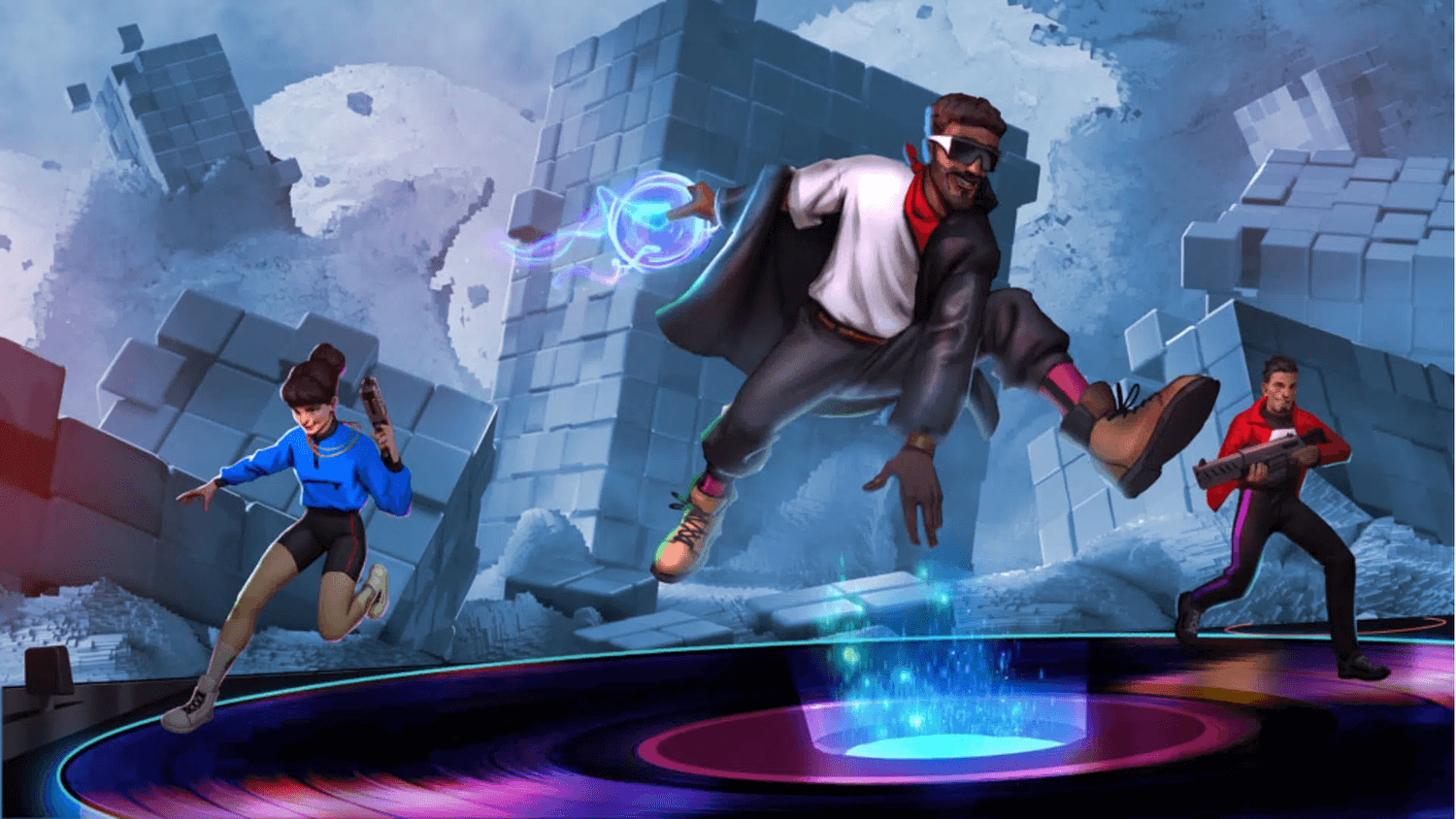
Just shortly after announcing a $2B metaverse fund called Animoca Capital, Animoca Brands acquired a majority stake in web3 music experience company Pixelynx. The investment amount wasn’t disclosed, and the Metaverse Fund likely wasn’t used, as Animoca Brands stated its first investments for it would come next year. The acquisition does align with Animoca Brands’ broader web3 and metaverse expansion plans, however, and definitely isn’t totally unexpected.
Pixelynx was created by two notable music artists — deadmau5 and Plastikman — both of which have appeared as part of experiences in Animoca Brands’ The Sandbox alongside other artists like Snoop Dogg, Sueco, Slipknot, and David Guetta. The pair have benefitted from advancing technology their entire careers and wanted to create a metaverse project focused on a mix of brands, music, fashion, and gaming.

Pixelynx recently released a test of its first project, Elynxir, which is an AR music experience platform similar to Pokemon Go and built on Niantic’s own Lightship ARDK platform. Niantic, developer of Pokemon Go, also provided an undisclosed amount of funding to Pixelynx. While Elynxir isn’t fully released yet, it has been running limited tests since October, the most recent being an AR scavenger hunt in Miami called Go Astral. It remains to be seen how much traction Elynxir may get, as even Niantic has failed to replicate the success of Pokemon Go with other branded games like Harry Potter: Wizards Unite and Pikmin Bloom. The difficulty in pulling in an audience for geolocation and AR-based gameplay will be further exacerbated by adding a 3rd underutilized technology — web3. Pokemon and Pikmin are also brands that were built on gaming in the first place, and Harry Potter at least lends itself in theory to games, but “music” is a bit broad of a category to sell a game on. The gameplay loop is based around interacting with location-based Points of Interest (POIs) as well as some activities while walking, such as playing music, refining materials, placing graffiti, and regenerating resources. A lot of these elements are designed around different ways of showing support for individual artists and music genres to get rewards such as currencies, materials, items, XP, and NFTs. Rather than collecting and using various Pokemon for gameplay, Elynxir instead has “Sonic Companions.”
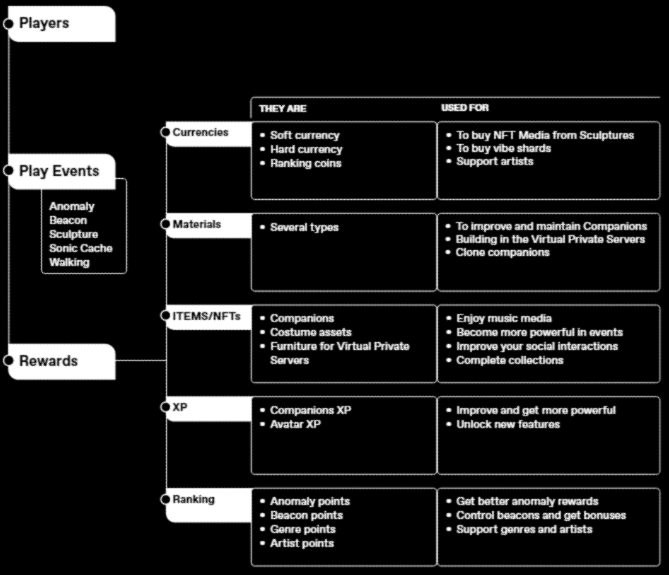
Pixelynx provides a litepaper for Elynxir, but the overall gameplay is still a location-based semi-social experience like Pokemon Go, albeit with a web3- and music-focused twist. With deadmau5 and Plastikman both being electronic artists, it’s no surprise to find them deep in technology, but deadmau5 has been especially deep in gaming and web3 for some time, seeing early success with NFT sales. He has also frequently integrated his brand, especially the iconic mouse head, into multiple game and metaverse projects.

The investment is far from the first music-focused spend for Animoca Brands, with investment round leads in a $1.7 million seed round for SoundMint and the $7.5 million seed round in John Legend’s NFT platform, Our Happy Company. Animoca Brands has also had partnerships with both Universal Music Group and Warner Music Group for The Sandbox. Snoop Dogg’s participation in The Sandbox has also been a good attention grabber with a large mansion for the rapper who has been promoting web3 all year round, including BAYC-linked music videos with fellow rapper Eminem.
While the concept of the metaverse has been struggling to gain traction, live music performance events have been one of the more compelling offerings this year in both web2 and web3 worlds. With The Sandbox only providing pretty rudimentary interactive experiences around NPC dialog, item collection, and platforming, more passive but social experiences like live music may end up being a better fit for where the technology is at now. Platforms like Facebook Live and Twitch tried to grow the live music streaming business during the pandemic, but simple text chat rooms leave a lot to be desired versus a more social 3D avatar-based experience.
At this point, however, Animoca Brands may be playing a bit of catch-up behind one of the stronger non-web3 players in the space right now — Epic Games. While technically a battle royale game first, Fortnite has evolved into a bit of a pseudo metaverse at times, or at least a multiverse, with its IP partnerships. Concerts held in Fortnite have gotten huge attendance numbers, with a performance from Travis Scott getting 27M attendees and even deadmau5 himself having performed in the space alongside another familiar The Sandbox face — Steve Aoki. Epic has made its own acquisitions and partnerships in the space with the purchase of Harmonix to build music experiences, Bandcamp for still unknown reasons, and a partnership with VRJam for improved live performances. Epic also just recently upgraded Fortnite to its Unreal Engine 5.1, giving it a hugely improved visual quality that the voxel-driven The Sandbox sits in stark contrast to.

Animoca Brands was a spinoff created to leverage its ability to form brand partnerships and attach games to 3rd party IP, so it makes sense to associate with an EDM heavyweight like deadmau5. The big question is how far music can be integrated into web3 and metaverse experiences beyond passive listening and social sharing. While improved ideas of ownership could come with web3, the technology doesn’t really change how music is consumed outside of better potential for royalty systems and micro payments. So far, social music experiences haven’t evolved much past the heyday of Turntable.fm, and neither has metaverse interactivity. Pixelynx is trying to demonstrate at least one potential idea with Elynxir, but the music integration only runs so deep on top of a genre of gaming that has so far failed to extend beyond Pokemon Go.
This last year has proven that at least visual art can do extremely well with only minor innovations like procedurally generated attributes, but music hasn’t seen the same traction overall. There are some reports predicting pretty heavy growth in the sector, but without the huge easy money bubble we saw over the last decade, it might take some time. There is definitely a lot of opportunity for music artists, much like visual artists, to use web3 and virtual performances to greatly expand revenue opportunities through digital product sales and royalty systems instead of being choked out and commoditized by streaming services like Spotify or limited by physical product merchandising. The big limitation so far, however, is the small size of the web3 audience, with a majority of consumers in the space being early adopters and not the mainstream needed to scale to a large number of artists. Some of it will rely on sorting out issues like marketplace royalties and IP usage terms with music labels, but Pixelynx seems to be hoping that Elynxir partnerships with artists can be a good start. It will definitely need to partner with artists that already have pretty deep market penetration to expand beyond deadmau5’s more tech-centric audience and actually pull users through the hurdles. With everything being in such an early phase, it’s likely that investment in artists and experiences to build the space out will be limited to large, long-term investors like Animoca Brands, with a proven successful business model being a ways off.

It’s hard to say without having an idea of the size of the investment from Animoca Brands whether it was a sound decision, but it can’t hurt to expand its web3 music metaverse reach, considering it seems to have an endless source of funds flowing through it. Animoca Brands does plan to acquire more studios, infrastructure, and technology within the music industry, and some of that will likely come from the $2B metaverse fund. With metaverse being kind of a catch-all term, it’s hard to say what exactly will be targeted, but Yat Siu did say specifically that the fund's focus “will be everything on digital property rights” and “The long-term goal for us, and frankly for myself, is creating a way where we all have digital property rights. I’m hoping that this will also drive a scenario where the digital property will be recognized like physical property in the legal system.” This certainly lines up with some fresh takes on music and art ownership using web3 tech for new experiences, so expect more acquisitions in this direction with that $2B to deploy. Many metaverse experiences, especially music-focused ones, are lacking in gamification elements to drive consistent engagement. Animoca Brands has tried to build game-like experiences around music brands into The Sandbox, but these are one-off short playthroughs at best and definitely don’t scale. Elynxir at least provides some hint at social-game-based engagement with music and brands that Animoca Brands can potentially build on, even if the game itself ultimately fails to grow. It wouldn’t be surprising to see The Sandbox attempt to mimic Elynxir’s ideas of location-based collection gameplay around music and brands, given each alpha season seems to include a large amount of scavenger hunt activities already to encourage spatial exploration of its world.
Upcoming Game Announcements

- Genopets released the first phase of its crafting feature for Habitat owners and renters. Link
- Champions Arena launched a Community Playtest on Gala Games. Link
- VRJam announced a new project supported by Epic Games. Link
- Uldor announced the upcoming release of its Dread Arena gameplay slice. Link
- Tyranno Studios (formerly WAX Studios) released gameplay details and screenshots for upcoming Music Mogul game. Link
- The creators of viral children’s video Baby Shark announced an upcoming game that will help teach kids and parents about blockchain assets. Link
- Nakamoto Games announced plans to release 78 more games in addition to the 17 it has before the end of the year. Link
- Treeverse, a web3 MMO, opened applications for its Pre-alpha. Link
- Planet Mojo opened up its Mojo Melee auto-battler game for another alpha playtest. Link
- Star Atlas announced details around its upcoming land plot and claim stake sale. Link
- Baobab Studios revealed Momoguro, a collectibles game being developed in partnership with Immutable. Link
- Mech.com had a successful free NFT mint based on its Discord invite strategy. Link
Live Game Announcements
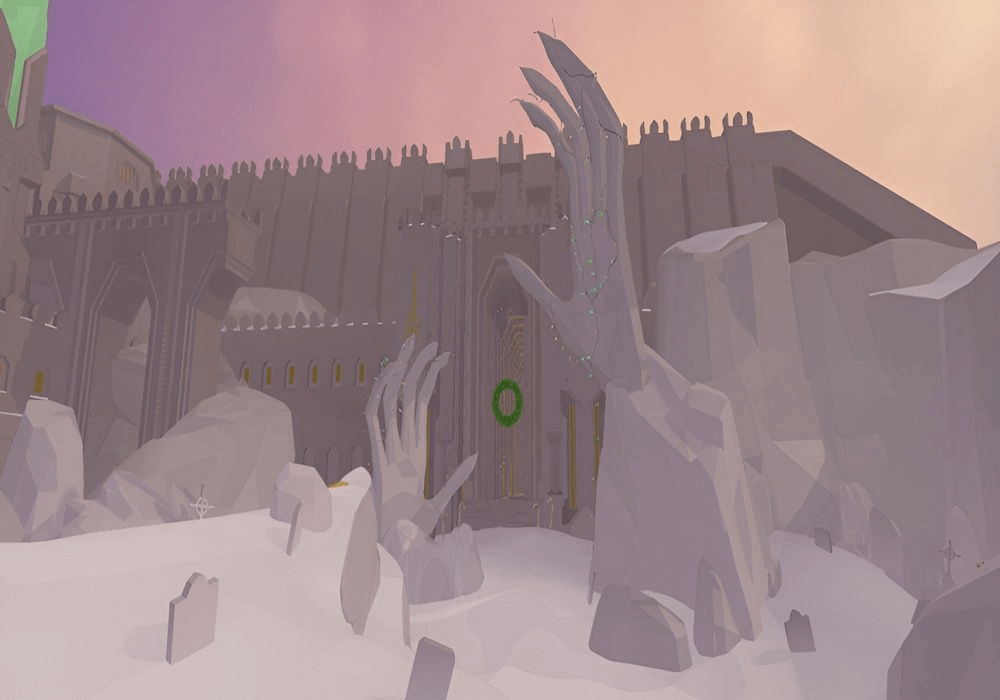
- Ev.io launched a beta version of its browser-based FPS game for mobile. Link
- Gods Unchained announced a Winter Wanderlands Seasonal Card Set to launch on December 14th. Link
- Red Door Digital has launched its Reign of Terror: Awakening side game after selling out the NFT mint in minutes. Link
- Mobox released Phase 2 of its Homebase project. Link
- ReBlink launched a new strategy game called ARBO: Basic Combat Training to build interest in a larger turn-based strategy blockchain game it intends to develop. Link
- Mini Royale Nations announced a new Clan Wars leaderboard jackpot prize event. Link
- The Sandbox announced Alpha Season 3 received 17M visitors in total. Link
- Aavegotchi launched its bid-to-earn auction system. Link
- Skyweaver released its Air Chrysalis tool for content creators to perform on-chain giveaways. Link
- Mega World announced an expansion to the Binance blockchain. Link
- Undead Blocks announced a special 30-day giveaway program. Link
Funding Announcements
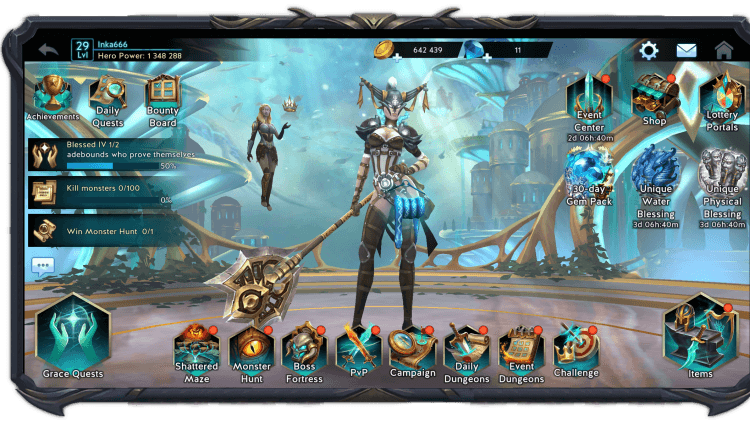
- HitBox Games raised $1.6M in a seed round for its hack ‘n’ slash game, Swords of Blood. Link
- Burn Ghost raised $3.1M in a seed round for its casual gaming platform with pay to play competition for NFTs. Link
- Aave announced an acquisition of social metaverse company Sonar. Link
- Animoca Brands acquired Pixelynx for an undisclosed amount. Link
- CyVers raised $8M in a seed round for its blockchain security product to detect suspicious transactions. Link
Ecosystem Updates

- Ramp launched its crypto-to-fiat off-ramp system across 17 blockchains. Link
- GameStop reportedly began a round of layoffs heavily impacting the developers of its blockchain wallet. Link
- Coinbase announced that Apple has forced it to remove NFT transfer functionality from its iOS app. Link
- Immutable X announced support for marketplace buyers to make offers on NFTs that can be agreed to by sellers. Link
- Binance announced zero trading fees on its NFT marketplace for the month of December to celebrate the holidays. Link
- Magic Eden launched its new royalties enforcement tool called Open Creator Protocol (OCP). Link
- Uniswap opened up NFT Trading and celebrated with a $5M airdrop giveaway. Link
- Opera browser announced a new feature to mint NFTs instantly in collaboration with Alteon LaunchPad. Link
- Co:Create announced that Atari will be the first partner to use its platform for the Atari X token project. Link
- Unikrn relaunched esports betting in Brazil and Canada after a launch pause in operations. Link
- A Chinese court announced a ruling that NFTs are virtual property that the law must protect. Link
- The Malta Financial Services Authority (MFSA) opened up a process for potential revision of NFT regulations. Link
- Take-Two asked MyMetaverse to take down its NFTs in GTA servers after its recent policy announcement banning them. Link
Notable Market Moves

- Most tokens this week followed the general market in only a very basic way with a bit of an upswing on December 5th followed by a correction on the 7th. Overall, many of them changed very little in the end.
- Axie Infinity saw by far the biggest increase thanks to sustaining the gains on the 5th. A big part of the sudden confidence was its blog post announcement of the progress of its progressive decentralization program. This led to some faith in AXS as a longer-term initiative as it moves towards a more community-centric approach.
- StepN also performed well this week thanks to a town hall that provided a lot of positive news for users. On the same day, there was also an announcement of a giveaway event and successful in-person meetups across Japan. Despite the steadiness of the hardcore fanbase, the GST utility token still continues to slowly drop in price.
- Render Token also managed to hold well after regaining its position on the chart due to positive metrics shared with the community.
- As always, we remind you to look long-term. Weeks where there is little overall movement except for bigger jumps to the upside show the conviction many web3 users and investors still have in the market that can help carry through crypto winters.
Content Worth Consuming

How Mighty Bear Games rolled out the red carpet to NFT believers among fans (VentureBeat) - “To create the community from scratch, Mighty Bear looked on the blockchain itself to find people who had invested in other blockchain game NFTs that were similar to Mighty Bear’s whimsical battle royale title. And it could easily see from the blockchain — the Immutable ledger technology — how long those players had hung on to their tokens. It didn’t want to find players who would receive free tokens and then immediately flip them to other players, selling the tokens for a profit, Davis said. So the company started creating its own tokens for Mighty Action Heroes. And it curated a list of people that it planned to invite to mint their own free tokens. These players were necessarily blockchain-savvy, as you have to be that to mint NFTs. So the company invited those people and gave them priority access to minting.” Link
Blockchain Games Are Resilient Despite FTX Collapse (DappRadar) - “All through the year, partnerships and investments in blockchain gaming kept coming, and in October and November, another $534 million was raised. We are observing an ascending trend for the investments in blockchain gaming. September was the lowest month for blockchain gaming investments, and the value flowing in startups and promising projects kept increasing from there.” Link
Web3 games: The unique challenges and secrets of user acquisition explained (VentureBeat) - “Web3 community building is not just about how a game brand interacts with its audience, but also about how a brand facilitates experiences for and between members. As engagement begins, it could be forming incentive structures around allow lists at lower tiers, private AMAs at medium tiers to get people to interact one-on-one, and very custom experiences at the highest tiers and so on.” Link
Neal Stephenson on The Future of the Metaverse (a16z podcast) - “When Neal Stephenson coined “the metaverse” three decades ago, his book Snow Crash was found on the shelves of “science fiction”. While the book remains in that category, many of its concepts are now found in reality… Fast-forward to 2022, where numerous companies are now building toward their version of the metaverse, including Neal himself – working on Lamina1 – a blockchain company oriented toward creators. While the present metaverses don’t perfectly mimic that from Stephenson’s early imagination, we get the unique opportunity to discuss the various design decisions that he’s making, but also the intersection between the metaverse and gaming, the involvement that AR/VR might play, the evolving role of IP, how artificial intelligence fits in, what he’s building and why, and where he gets all of his ideas from.” Link
Open vs Closed Economies in Web3 Games (The Metacast by Naavik) - “One of the promises of web3 is the opening up of in-game economies, and for players to retain some kind of residual value for all the hours they put into a game. In web2, the developer and the platform on which a game is played retain 100% of the economic value. Web3 changes this, at least in theory, and allows players to retain an economic interest in their gaming digital assets, both the non-fungible ones - the unique NFTs they own - and the fungible ones - the in-game currencies they accumulate through time spent, trading with other players, and skilled gameplay. In this episode, your host Niko Vuori talks to two game economy specialists - Mete Gultekin (Vader Research) and Kiefer Zang (Economics Design) - to discuss the pros and cons of an open economy design in web3 games.” Link








